Name Randolph Rogers | ||
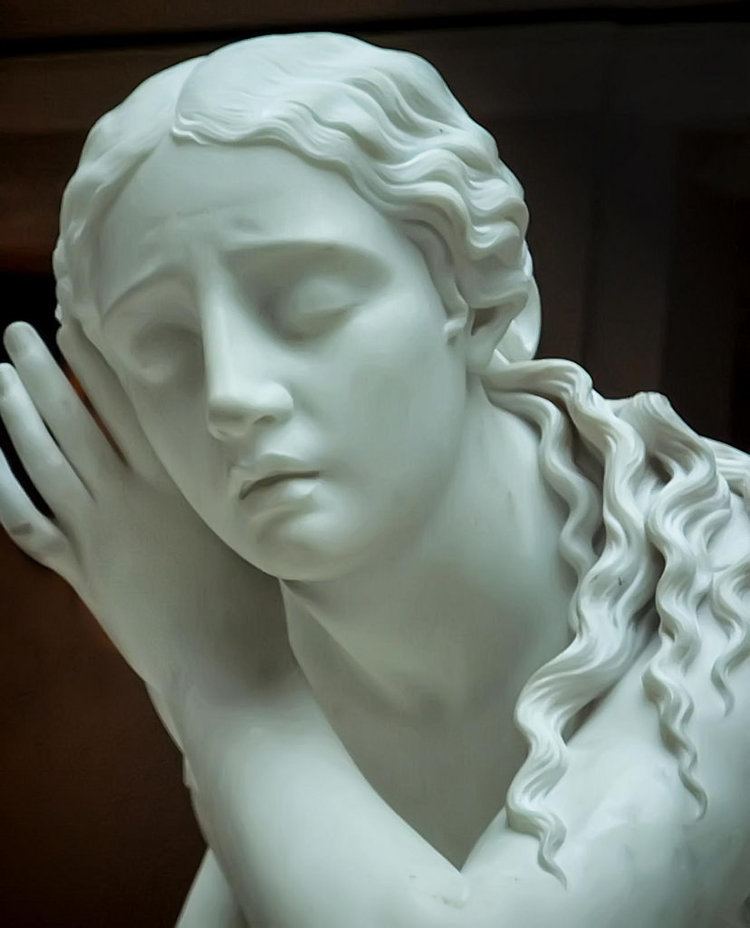 | ||
Artwork Nydia, The Blind Flower Girl of Pompeii | ||
Museum without walls audio abraham lincoln by artist randolph rogers
Randolph Rogers (July 6, 1825 in Waterloo, New York – January 15, 1892 in Rome, Italy) was an American Neoclassical sculptor. An expatriate who lived most of his life in Italy, his works ranged from popular subjects to major commissions, including the Columbus Doors at the U.S. Capitol and American Civil War monuments.
Contents
- Museum without walls audio abraham lincoln by artist randolph rogers
- Biography
- Selected works
- References
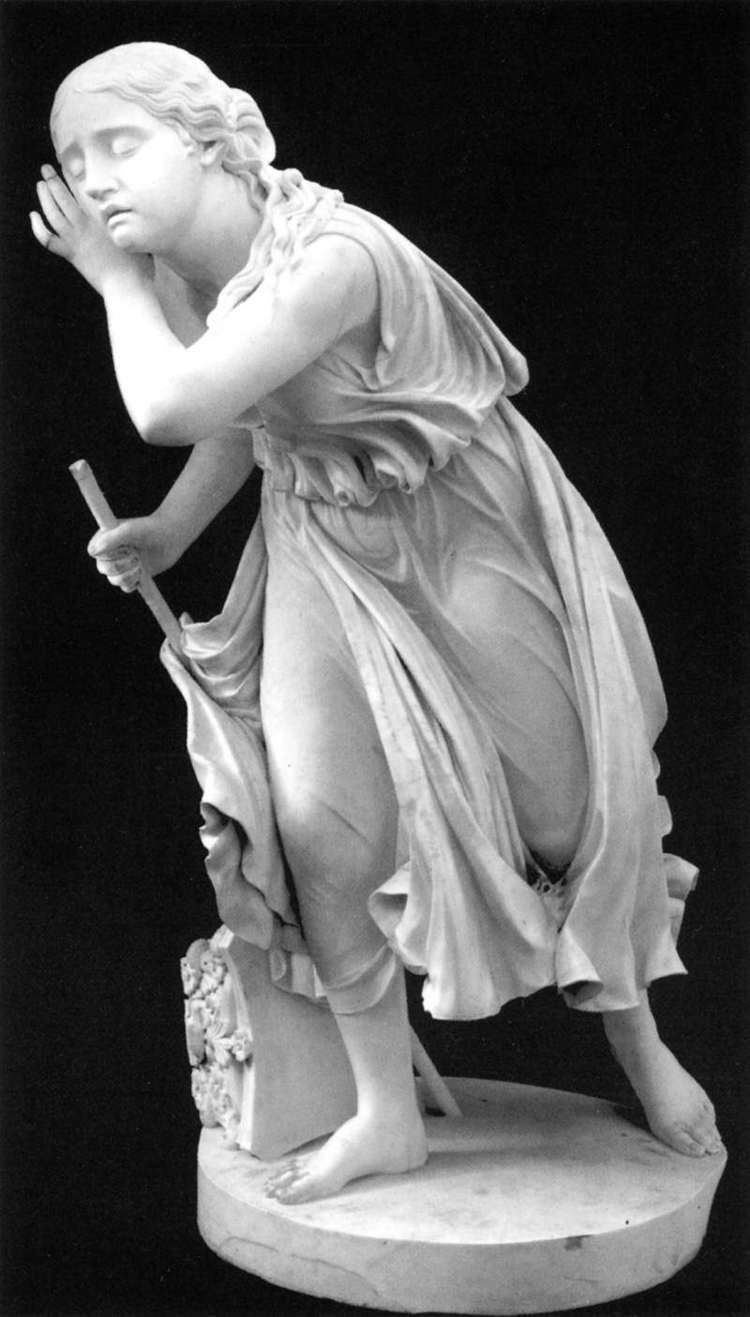
Biography
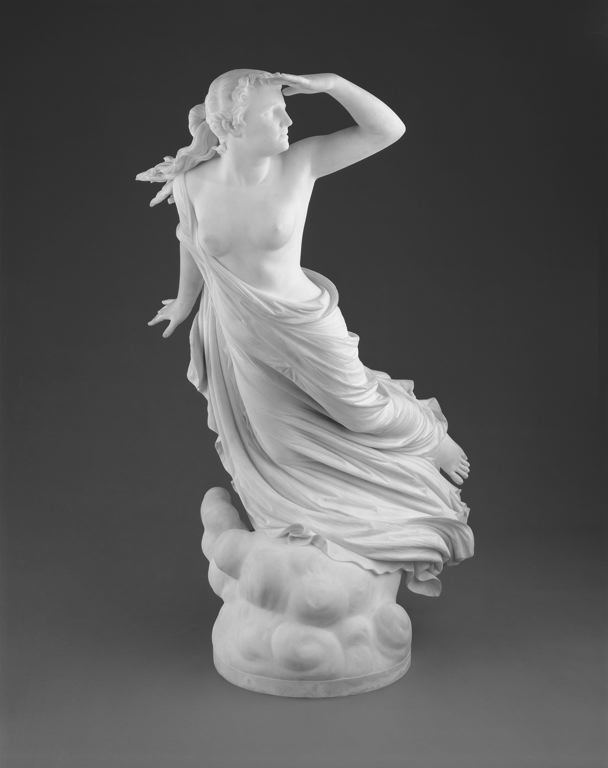
Born in Waterloo, New York, he spent most of his childhood in Ann Arbor, Michigan. He developed an interest in wood cuts and wood engraving, and moved to New York City about 1847, but was unsuccessful in finding employment as an engraver. While working as a clerk in a dry-goods store, his employers discovered his native talent as a sculptor and provided funds for him to travel to Italy. He began study in Florence in 1848, where he studied briefly under Lorenzo Bartolini. He then opened a studio in Rome in 1851. He resided in that city until his death in 1892.
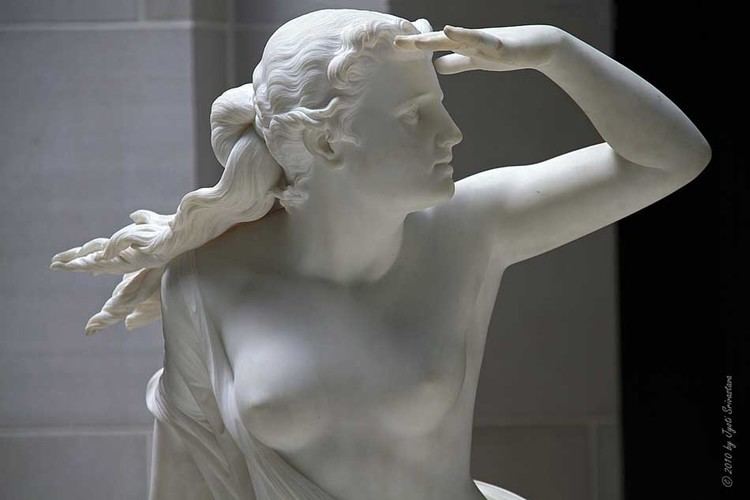
He began his career carving statues of children and portrait busts of tourists. He was not happy working with marble consequently all his marble statues were copied in his studio by Italian artisans under his supervision, from an original produced by him in another material. This also enabled him to profit from his popular works. His first large-scale work was Ruth Gleaning (1853), based on a figure in the Old Testament. It proved extremely popular, and up to 20 marble replicas were produced by his studio. His next large-scale work was Nydia, the Blind Flower Girl of Pompeii (1853–54), based on a character in Edward Bulwer-Lytton's best-selling novel, The Last Days of Pompeii. It proved even more popular, and his studio produced at least 77 marble replicas.

In 1855 he received his first major commission in the United States: great bronze doors for the East Front of the United States Capitol. He chose to depict scenes from the life of Christopher Columbus. The Columbus Doors were modeled in Rome, cast in Munich, and installed in Washington, DC in 1871.
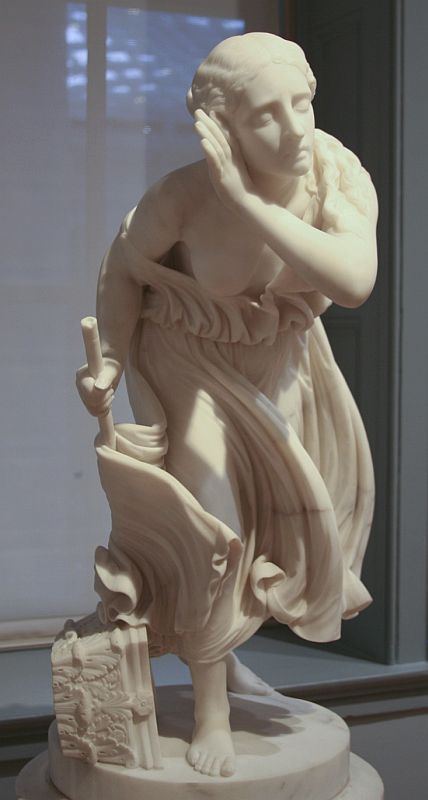
In 1856, he completed the statue of President John Adams originally for the cemetery of Mount Auburn in Boston, Massachusetts.
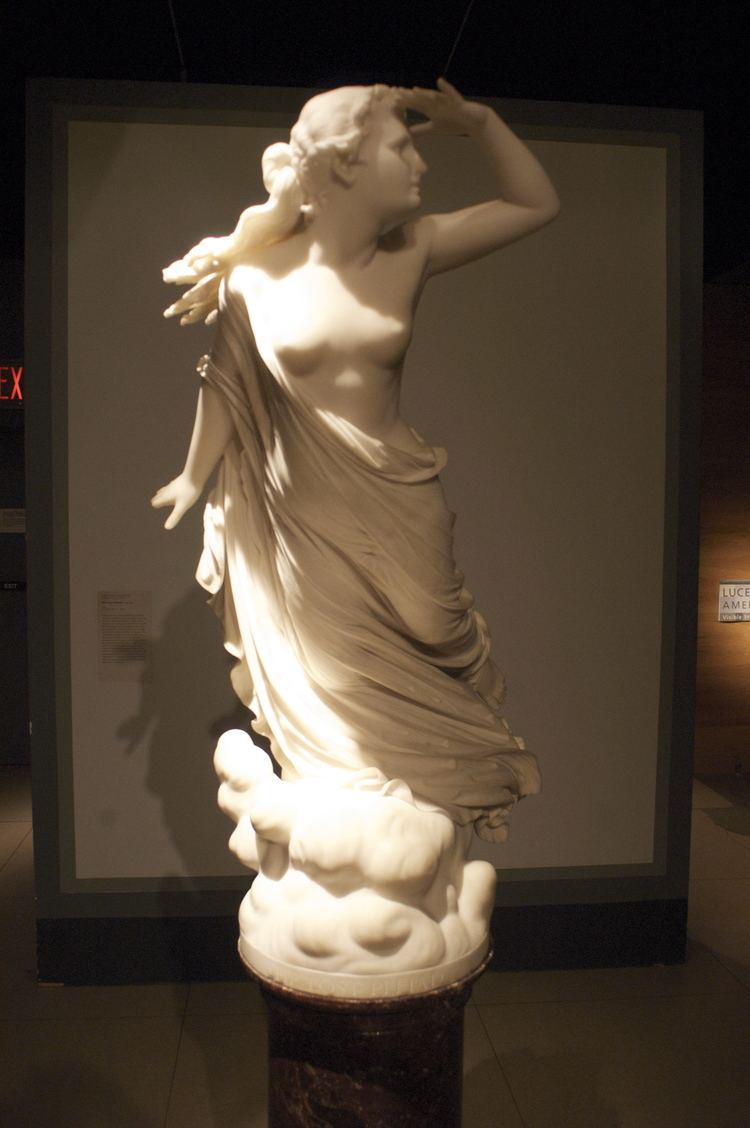
Following the 1857 death of sculptor Thomas Crawford, Rogers completed the sculpture program of the Virginia Washington Monument at the State Capitol in Richmond.
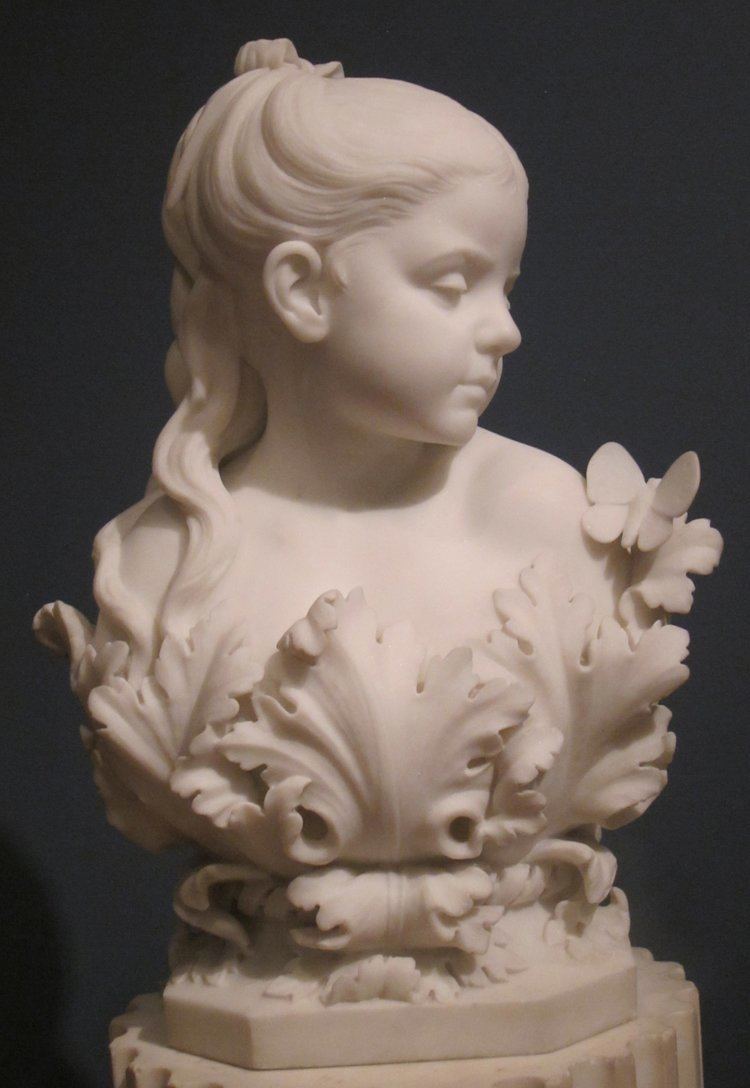
He designed four major American Civil War monuments: the Soldiers' National Monument (1865–69) at Gettysburg National Cemetery; the Rhode Island Soldiers' and Sailors' Monument (1866–71) in Providence; the Michigan Soldiers' and Sailors' Monument (1867–72) in Detroit; and the Soldiers' Monument (1871–74) in Worcester, Massachusetts.
He modeled The Genius of Connecticut (1877–78), a bronze goddess that adorned the dome of the Connecticut State Capitol in Hartford. It was damaged in a 1938 hurricane, removed, and melted down for scrap metal during World War II. A plaster cast of the statue is now exhibited within the building.
In 1873 he became the first American to be elected to Italy's Accademia di San Luca, and he was knighted in 1884 by King Umberto I.
Rogers suffered a stroke in 1882, and was never able to work again. He left his papers and plaster casts of his sculptures to the University of Michigan.
